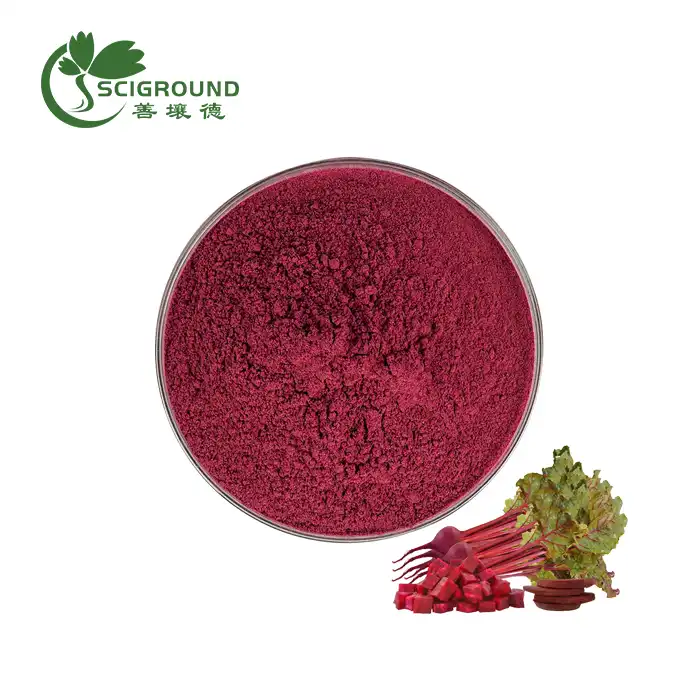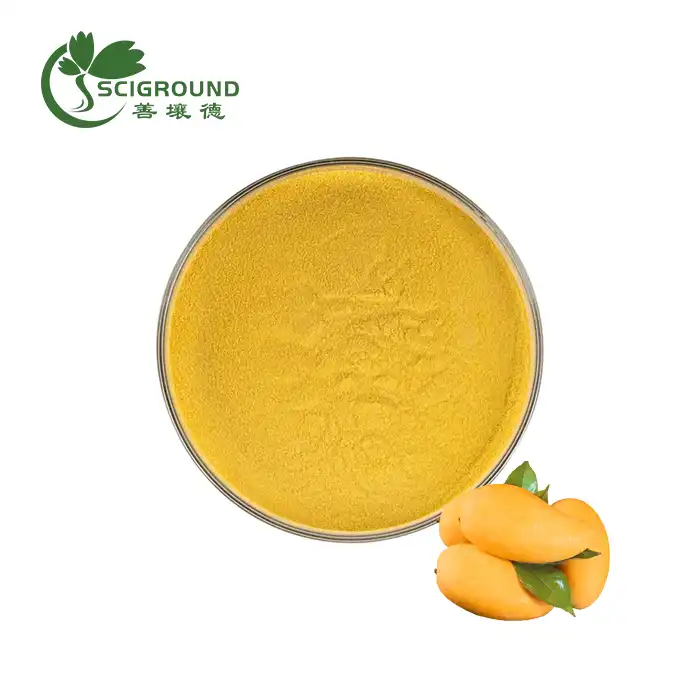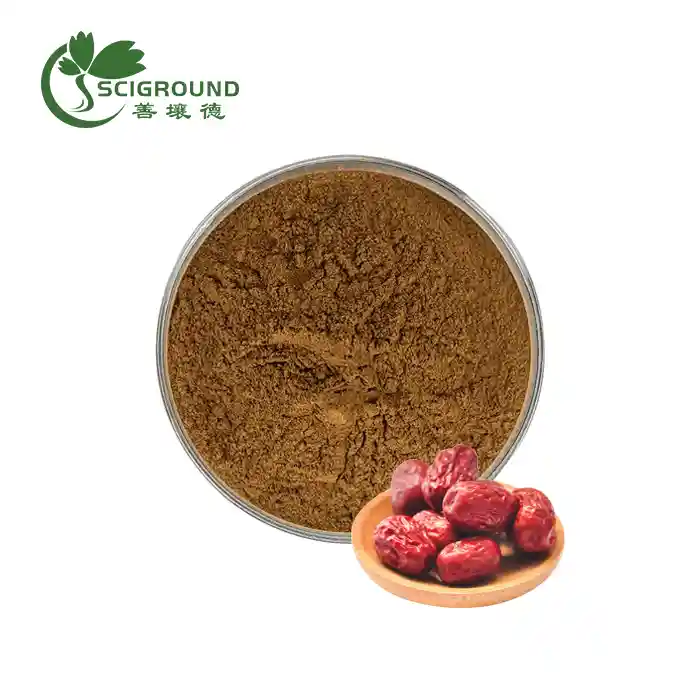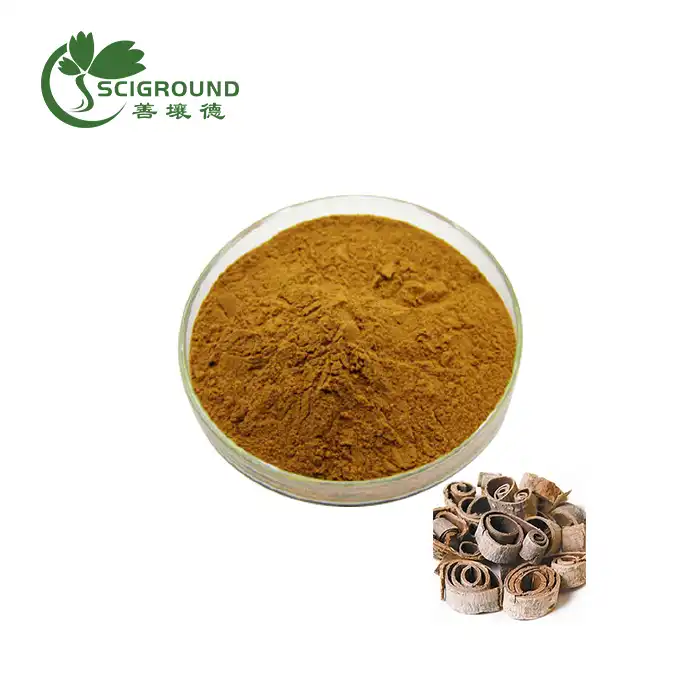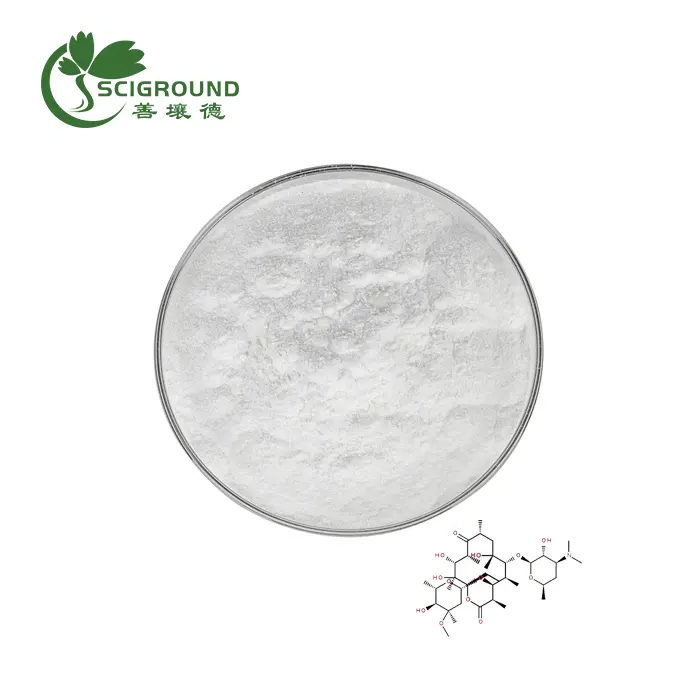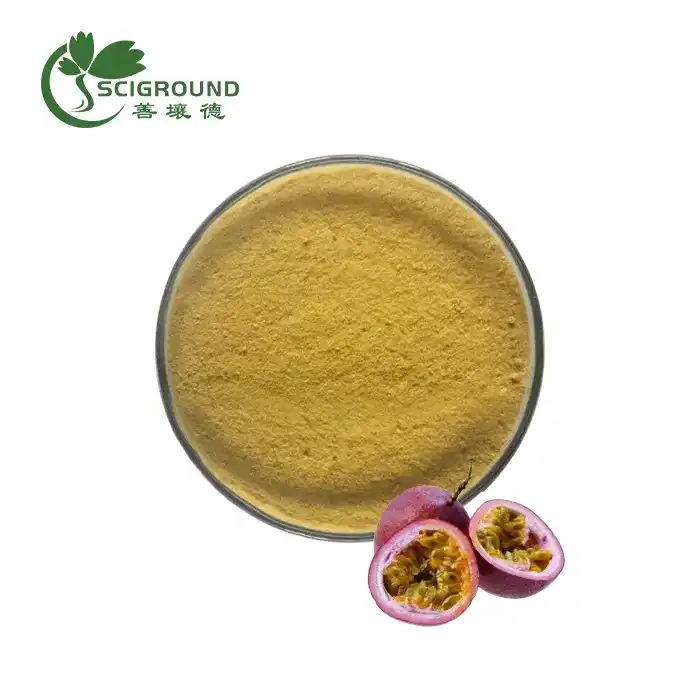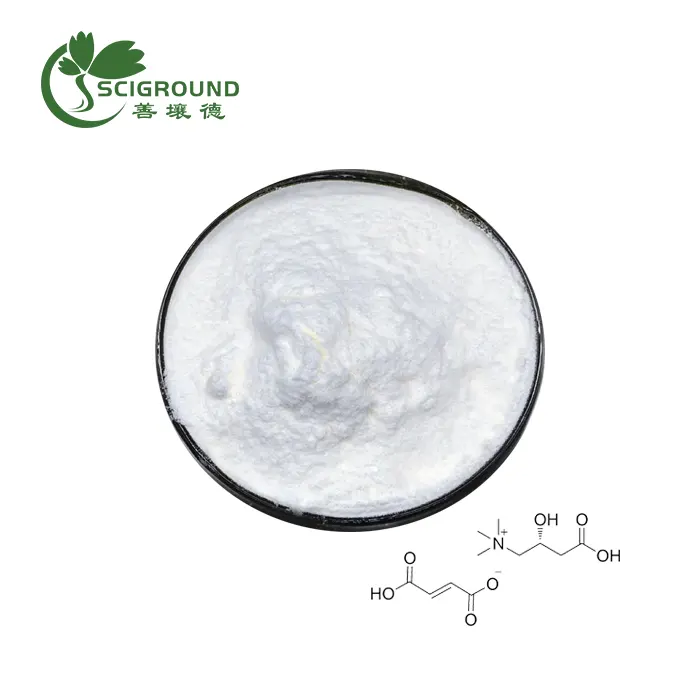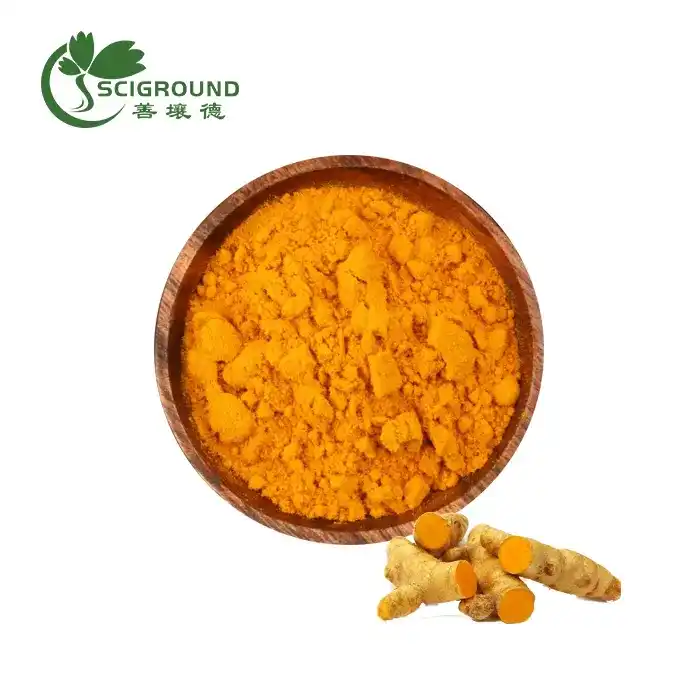What is Euphohelioscopin A?
The plants of the Euphorbia genus are well known for their medicinal and therapeutic properties in traditional medicine and Euphohelioscopin A is a bioactive compound isolated from plants of the Euphorbia genus. For centuries cultures have been using Euphorbia species for several health conditions. In the next part of this line, because of its unique biological activities, the phytochemical Euphohelioscopin A extracted from these plants has attracted attention.
The Source of Euphohelioscopin A
Most commonly derived from Euphorbia helioscopia (sun spurge), the Euphohelioscopin A. It is a fairly widespread plant in Europe, Asia, some parts of Africa, etc. This plant is well known for the production of latex sap rich in various diterpenoids natural compounds. One of these diterpenoids, Euphohelioscopin A, is known to feature a complex molecular structure that gives it bioactivity.
Chemical Structure and Properties
Euphohelioscopin A is a diterpene, a class of organic compounds synthesized from four isoprene units. This compound has a multi-ringed structure that stabilizes and confers biological activity to the molecule. Euphohelioscopin A and diterpenes are known with a wide spectrum of effects on living organisms such as anti-inflammatory, antioxidant, and antimicrobial. Euphohelioscopin A is of natural origin due to its natural origin and has become a promising compound in formulating natural health products.
Potential Health Benefits
Anti-inflammatory Properties
Another is that of having potential anti-inflammatory activity. Chronic inflammation is a well-known health issue, but it isn't caused primarily by pain, just like most sicknesses. Euphohelioscopin A might help reduce inflammation of the body and is therefore of interest for the management of conditions involving excess inflammation, including arthritis or skin irritation.
Antioxidant Effects
An additional advantage of Euphohelioscopin A may be its antioxidant potential. The compounds that help neutralize free radicals —unstable molecules that can generate oxidative stress and cause damage to cells are called antioxidants. Euphohelioscopin A may combat oxidative stress to support the body in protecting itself from cellular damage and to help promote overall health. It could also be an ingredient to be used in skincare to protect the skin from environmental stressors such as pollution and UV radiation.
Antimicrobial Activity
Studies into its antimicrobial properties have also shown that Euphohelioscopin A also shows promise. It may also help prevent the growth of some bacteria and fungi, so it may be of benefit in formulations that purport to maintain skin health or improve hygiene. Its antimicrobial action could also be useful for use in the food industry, where natural preservatives are increasingly in demand.
Applications
Pharmaceutical Industry
In the pharmaceutical industry, Euphohelioscopin A is being looked at as a starting point for developing new drugs or treatments that exploit that natural property. It is a plant-derived compound, which makes it a natural alternative to synthetic chemicals. Since its anti-inflammatory and antimicrobial effects are beneficial in skin conditions, infection, and inflammatory disease treatments, it is a candidate for therapeutic applications. However, more research is required, but its promising biological activity is underway in its attempt to be a potential therapeutic.
Cosmetics and Skincare
Euphohelioscopin A is also of interest to the cosmetics and skincare industries, because of its potential uses in anti-aging as well as in skincare protection products. Due to its antioxidant properties, it is suitable for use in compositions formulated to protect the skin from oxidative damage, and due to its anti-inflammatory properties, it can provide soothing effects on irritated or sensitive skin. In addition, its antimicrobial potential could assist in protecting the skin from infection, and/or a breakout. Euphohelioscopin A may be a good candidate for natural skin care products incorporating plant-derived bioactive compounds.
Functional Foods and Dietary Supplements
Euphohelioscopin A meets the demands of many functional food and dietary supplement industries looking for natural ingredients with health-promoting properties. This compound has antioxidant and anti-inflammatory benefits and could be used in dietary supplements that help promote overall health and wellness. Functional foods may also include them as part of foods that deliver some health benefits, such as promoting skin health or supporting the immune system.
Challenges and Future Research
Promising as it is, Euphohelioscopin A has still several hurdles to overcome before it can be fully adopted into everyday products and therapies. Safety and efficacy research is one of the main challenges. Though studies are promising, more clinical trials will be needed to fully understand its effect on the human body how much is the best dosage, and what possible side effects it could have.
What is Euphohelioscopin A?
Euphohelioscopin A is an exciting natural product that can be exploited for a plethora of applications for health and wellness. This diterpene has been extracted from the Euphorbia plant and possesses anti-inflammatory, antioxidant, and antimicrobial properties, and therefore forms a good candidate for pharmaceutical, cosmetic, and functional food industries. More research is necessary to determine the extent to which Euphohelioscopin A would benefit internal health and external beauty, however, Euphohelioscopin A has great potential as a bioactive compound to assist these two areas. Euphohelioscopin A is a unique and potent addition to the growing list of plant-based compounds with therapeutic potential as natural ingredients keep gaining popularity.
Related Industry Knowledge
- What does apple cider vinegar powder do?
- Is vitamin A palmitate the same as vitamin A acetate?
- What Does Vitamin D3 Do for You
- How Much Protein in Pumpkin Seed Powder
- What happens if you take too much apigenin?
- How Long Does Berberine Take to Work?
- Fisetin vs Quercetin
- Forsythia Extract: A Comprehensive Guide
- Unveiling the Power of Pure Capsaicin Powder
- Can I take vitamin B1 every day?
